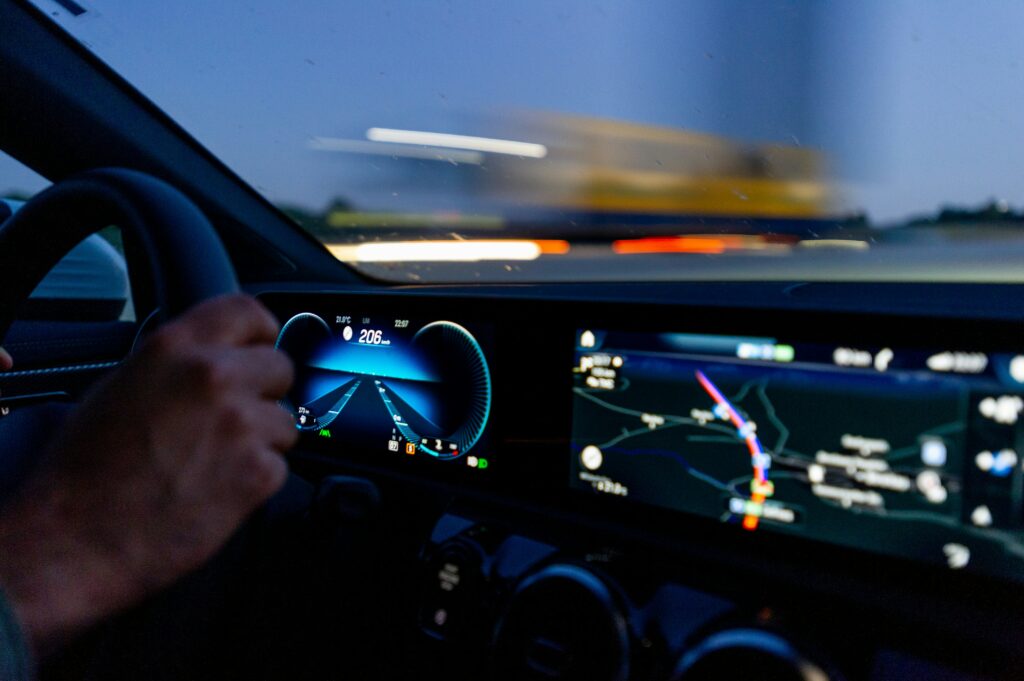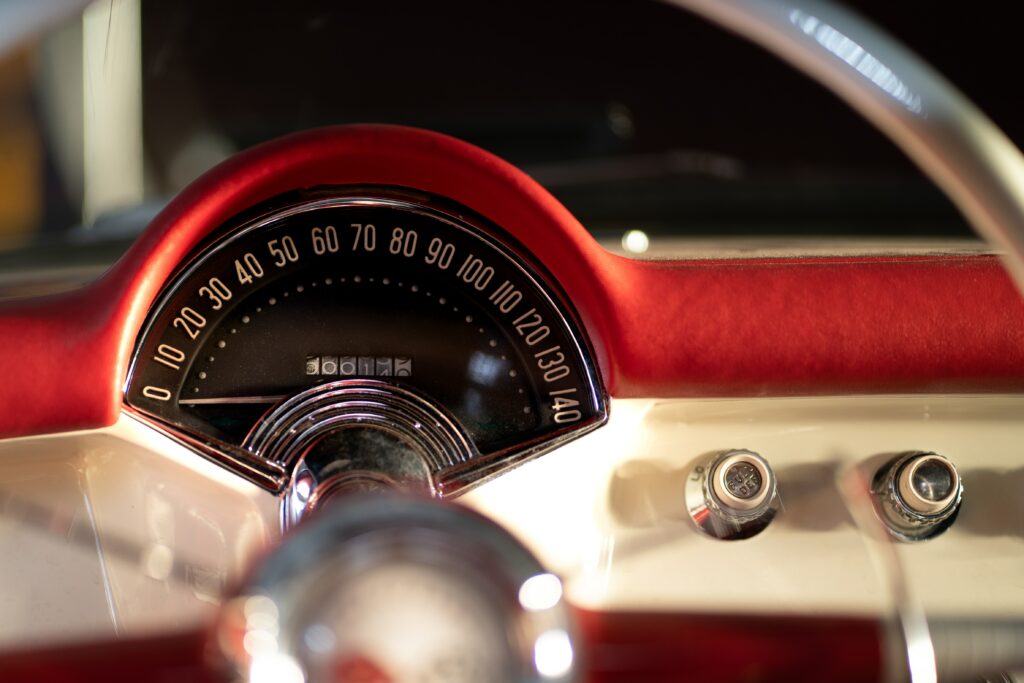
Is it Bad to Buy a Car with 100k Miles? Purchasing a car may be an exciting experience, but when presented with the option of a vehicle with 100,000 miles on the odometer, many potential purchasers hesitate. The issues that these potential owners have are maintenance service costs, insurance, total mileage and many other factors. That’s why you should carefully examine each aspect and make a clever decision.
The Myth And Actual Importance of the Mileage
People look at the mileage, and once they notice a higher number, they start thinking that the vehicle is in terrible condition. However, this idea frequently oversimplifies the complicated structure of contemporary automobiles and their capacity to withstand the passage of time. A variety of factors determines a car’s lifetime, and mileage is only one of them.
Modern vehicles are made of high-quality materials that can last longer than in the past. If 100k mileage was too much, it’s not a big deal in today’s reality. Most of the automobiles can cover more than 200k without an issue. The mileage is just one indicator showing how much your car has covered during its lifespan. Of course, it can give you various essential data, but it’s not the only factor you should consider. There are other circumstances when accessing a car; sometimes those factors are much more influential.
Is it Bad to Buy a Car with 100k Miles? The Role of Maintenance
 The actual measure of a car’s health is its maintenance history. A well-maintained vehicle receiving regular oil changes, fluid replacements, and periodic inspections may defy the odds and function brilliantly beyond 100,000 miles. Before discarding an automobile based merely on its mileage, examine its maintenance records to determine the kind of care it has undergone.
The actual measure of a car’s health is its maintenance history. A well-maintained vehicle receiving regular oil changes, fluid replacements, and periodic inspections may defy the odds and function brilliantly beyond 100,000 miles. Before discarding an automobile based merely on its mileage, examine its maintenance records to determine the kind of care it has undergone.
Every car owner and enthusiast must follow the maintenance guidelines. They guarantee that the vehicle will be used correctly and that it will last longer than expected. However, most of the people neglect the recommended instructions. This results in numerous malfunctions and selling an auto which is not in perfect condition.
Make and Model of Your Vehicle
Not every automobile ages in the same manner. Some brands and models are known for their durability and endurance, but others may show indications of wear and tear sooner. Research the reputation of the exact brand and model you’re interested in to see how well it normally handles heavy miles.
One of the best practices to double-check the information is to get familiar with the manufacturer’s booklets. It should explain all the details regarding the vehicle, its lifespan, and its method of proper exploitation. You may think that reading this data is not necessary. However, this may save you money in the future.
What Does 100k Miles Mean?
 Is it bad to buy a car with 100k miles? In today’s dynamic automotive sector, reaching the 100,000-mile milestone demonstrates the durability of modern automobiles. The progress of automobile technology has been critical in rewriting the narrative surrounding high mileage, transforming what was formerly regarded as a red warning into a sign of resilience.
Is it bad to buy a car with 100k miles? In today’s dynamic automotive sector, reaching the 100,000-mile milestone demonstrates the durability of modern automobiles. The progress of automobile technology has been critical in rewriting the narrative surrounding high mileage, transforming what was formerly regarded as a red warning into a sign of resilience.
As a result, the 100,000-mile mark is no longer the intimidating milestone it once was. With diligent care and devotion to regular maintenance schedules, many automobiles may easily travel beyond this milestone. It is not rare to discover automobiles that achieve, but gracefully exceed 100,000 miles, demonstrating the incredible longevity built into their core.
This paradigm change in the notion of high mileage is not simply a result of technology developments but is also beneficial to cost-conscious customers. The affordability of well-maintained automobiles with higher mileage offers a world of options for individuals who want dependable mobility without sacrificing financial prudence.
The Mileage Blocker: A Tool That Can Change The Mileage Without A Trace
A mileage blocker that performs admirably for you. All control devices should instantly and completely stop tracking mileage. As a result, even after removing the module, the information is permanently changed and cannot be restored. The correction tool, on the other hand, can roll back odometer data and cannot eradicate errors from all control units; it is simply attached to the OBD port. Does a new engine reset mileage? No, but you modify the statistics even if you don’t break the law.
Unfortunately, this blocker is unlawful and is used unethically by individuals who wish to cause harm. We do not support utilising illegal measures. Once you purchase the mileage blocker, it should be used in a controlled environment for testing and tweaking.
Takeaway
is it wrong to buy a car with 100k miles? The answer to the question “Is it bad to buy a car with 100k miles?” is determined by various circumstances. High mileage alone is not a deal-breaker; what actually counts is the car’s maintenance history, brand and model reputation, and price range. Purchasing a vehicle with 100,000 miles may be a wise and cost-effective if done carefully and thoroughly.
Latest Posts
- 1
- 2
Is Buying a Car with Over 100k Miles a Good Idea?
April 10, 2024 - 3
Why Are High Mileage Cars So Expensive? – A Guide
April 5, 2024 - 4
Where Is The Mileage Located In A Car?
April 3, 2024 - 5
Whats High Mileage in Vehicles?
March 29, 2024 - 6
What’s The Gas Mileage On A Smart Car: A Comprehensive Guide
March 27, 2024 - 7
At What Mileage Should You Sell Your Car?
March 22, 2024 - 8
Should You Buy a Car with Over 100k Miles?
March 20, 2024 - 9
Should You Buy a Car with 100k Miles?
March 15, 2024 - 10
Understanding ODO Meaning in a Car
March 13, 2024








